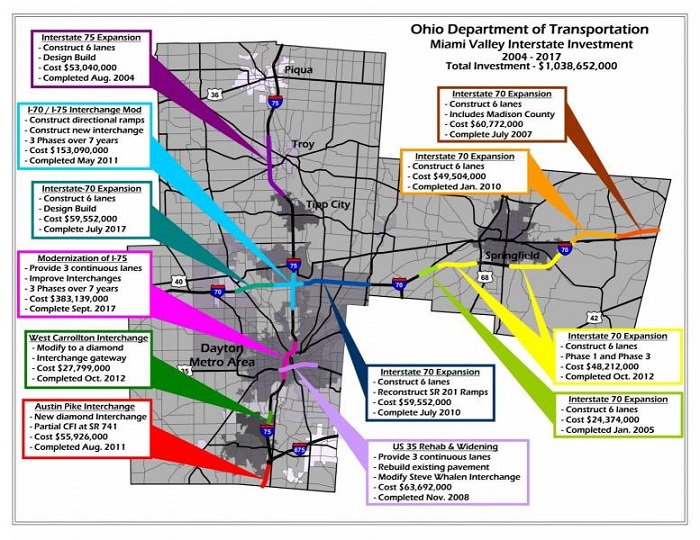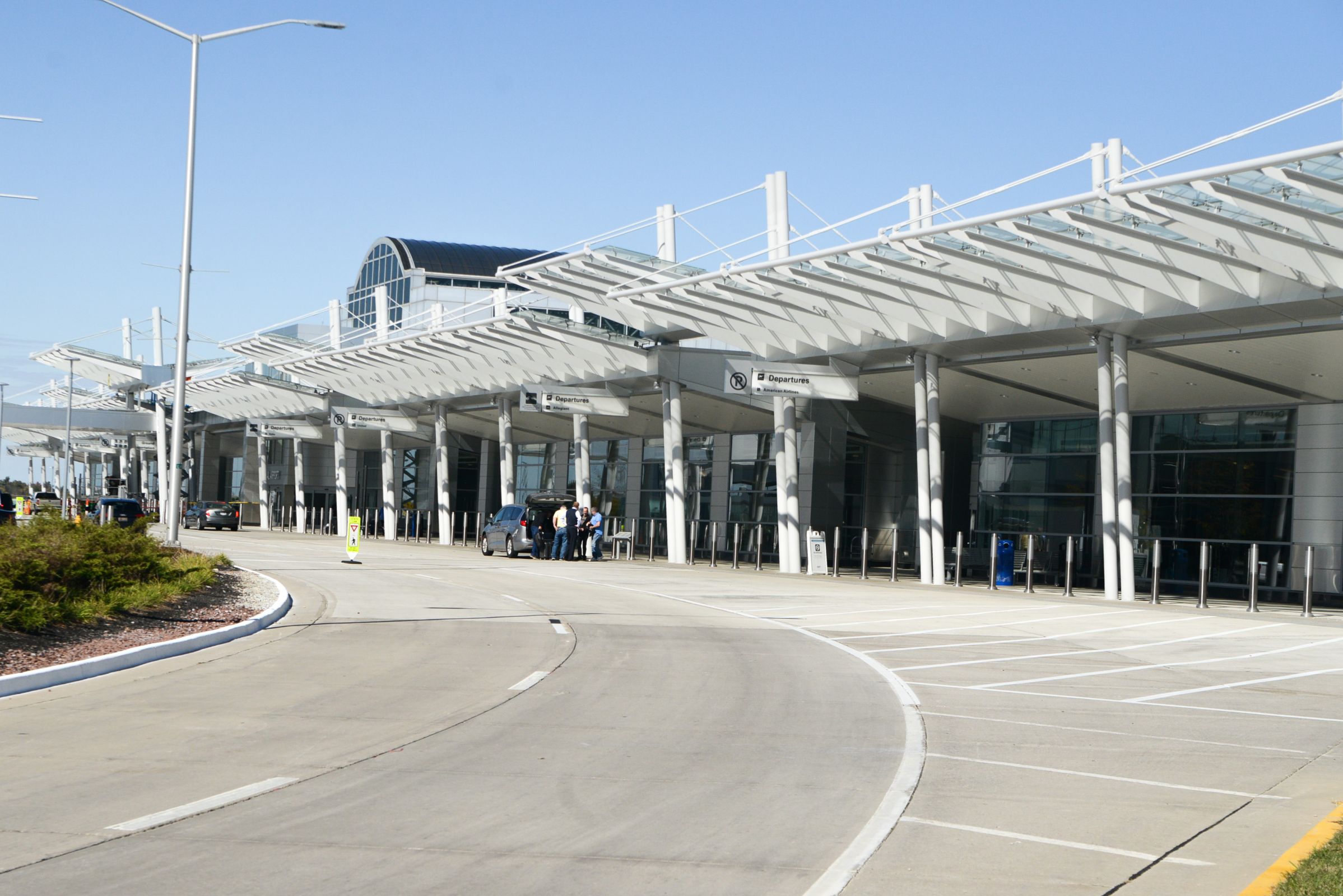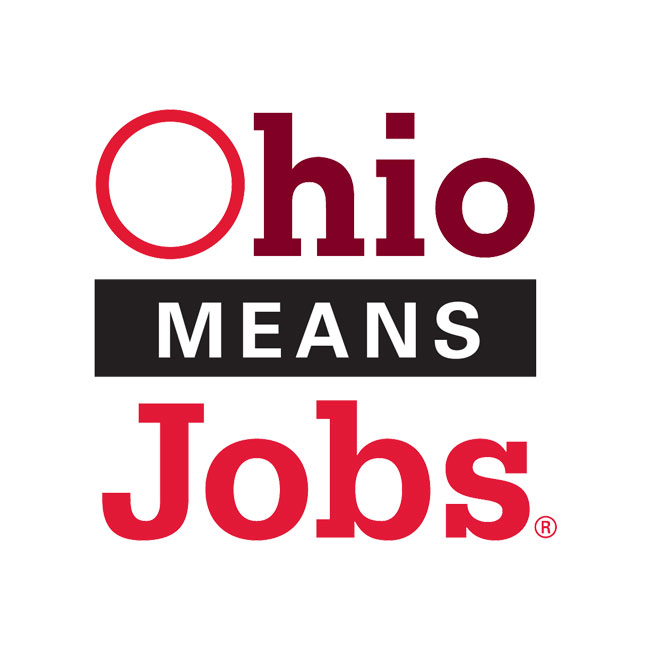Ohio Business College CDL Program: Helps Keep Logistics Rolling

5 May 2022
News
In Montgomery County, Ohio, logistics — the overall process of managing how resources are acquired, stored, and transported to their final destination — is an important sector of the economy that adds diversity to the employment base and provides a variety of opportunities for workers of all ages and skill sets. Logistics is a natural fit for the Dayton Region because of its location advantages. The intersection of I-70 and I-75 puts companies within a 600-mile radius of over 67 percent of the nation’s population, 60 percent of the nation’s manufacturing employment, and 48 percent of the nation’s effective buying power. Additionally, over $1 billion in infrastructure improvements have been made in the Dayton Region since 2004 making it easier to get to customers and suppliers.
Logistics also need workers — especially truck drivers — and the Dayton Region has an answer for that too: Ohio Business College Truck Driving Academy. There are two course pathways for a Class A Commercial Driver’s License (CDL): a 4-week, Monday–Friday, certificate program with classes starting every two weeks and a weekend-only program over 10 weeks. Their Career Services team works to place students in a CDL job after they graduate and pass their CDL licensure exam.
Kirk Mace, Ohio Business College, Campus Director, elaborated on the benefits of the Truck Driving Academy for the region. “Our program creates an abundance of job opportunities with a quick school-to-employment turnaround. Without professional CDL drivers, economies struggle. Professional CDL drivers move about 75 percent of the total freight throughout the United States. Trucking has a far-reaching impact.”
Mace has been in the trucking industry in a variety of capacities such as driver, manager, and safety administrator since he got his CDL in 2005. In 2011, Mace became a truck driving instructor. “There are so many opportunities branching off from a CDL. It is time and money well-spent. It really pays off. The job security is great. Even when the economy slows, I’ve had work. I have really enjoyed my time as an instructor and as a director. I developed a passion for changing people’s lives, for giving back.”
“There is also a freedom related to trucking,” Mace said. “Truckers aren’t confined to a desk or location. Depending on the opportunity you choose, you can get paid to travel the United States. With experience, you can manage your lifestyle really well.”
A substantial contributing factor to current supply chain snarls is the lack of truck drivers, making this a career choice that is wide open. “There has been a driver shortage for years,” Mace said. “It is more critical now after COVID shutdowns. As manufacturing ramps up to full production, driver shortages are more visible. On the bright side, there has been a recent effort by local and state officials to help alleviate delays in future CDL processes. I’d like to acknowledge the people at the Ohio Department of Public Safety. ODPS has done an outstanding job of helping schools and test sites be successful in this challenging environment.”
Mace also noted the beneficial partnership with Montgomery County Economic Development, saying they are always willing to give back to the community and provide assistance with funding.
On the federal level, the Trucking Action Plan was launched in December 2021 to address workforce needs in the industry. The Trucking Action Plan is part of the Supply Chain Disruptions Task Force that was established in June 2021 to address supply chain bottlenecks created when the economy suddenly awakened after the pandemic slowdown. The plan includes over $32 million in funding to help states expedite CDLs, efforts to accelerate the expansion of registered apprenticeships, veteran-focused outreach and recruitment, and the “Driving Good Jobs” initiative, among other things.
As part of the Trucking Action Plan, there was a 90-day challenge from December through March to jumpstart the efforts to expand apprenticeships. “We haven’t seen an impact yet from that initiative,” Mace said. “But the idea should eventually have a positive impact toward progress. But we do currently have companies providing students with an apprenticeship program. Apprenticeships seem to be gaining popularity among companies to attract future drivers.”
The current state of logistics in Montgomery County has been the culmination of over a decade of work put in by multiple jurisdictions and partners, all with the goal of making it easier to do business in the region. Across the Dayton Region, transportation and warehousing employ over 7,500 people with average earnings of $59,375.
For more information on resources and initiatives in the Dayton Region visit selectmcohio.com. Follow Montgomery County on Facebook, Twitter, and LinkedIn.
More Topics











